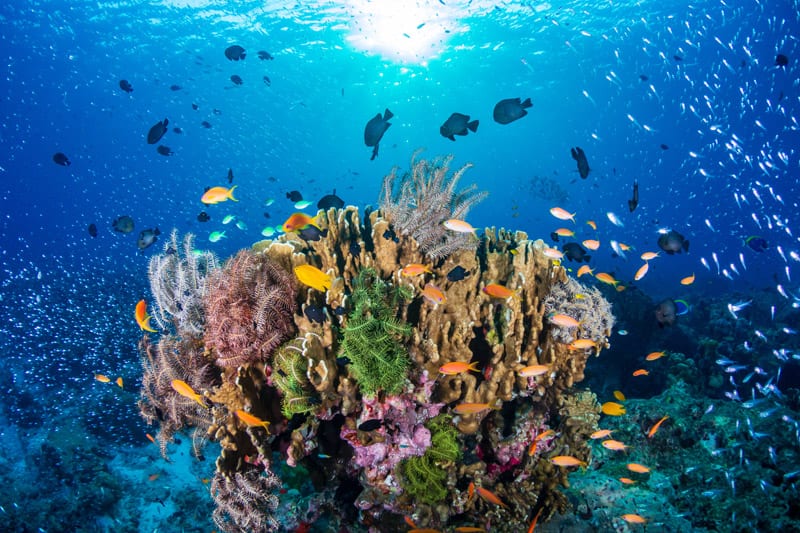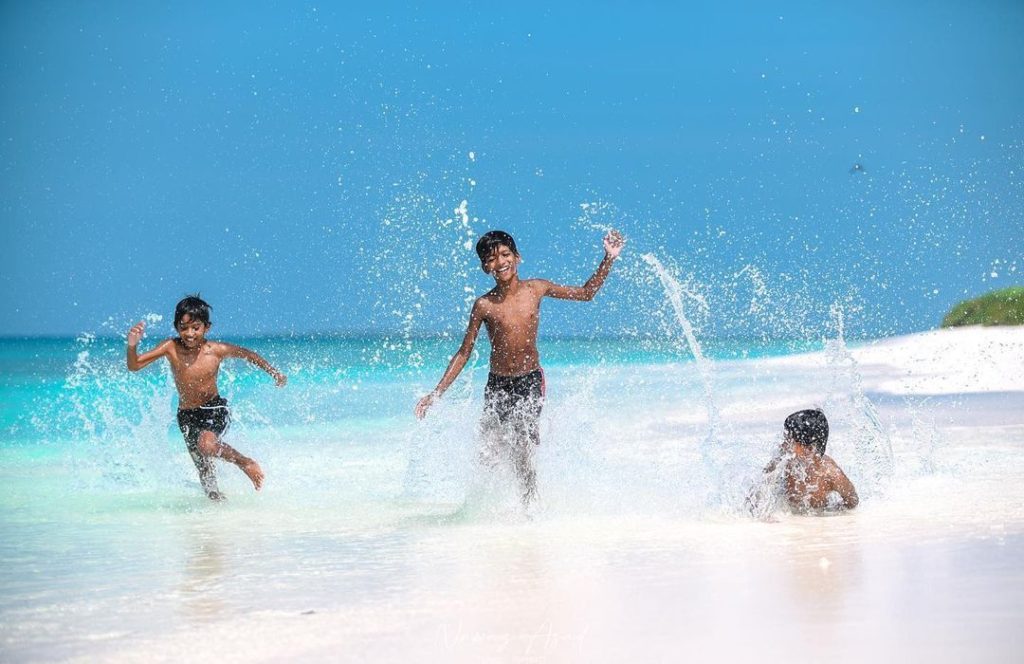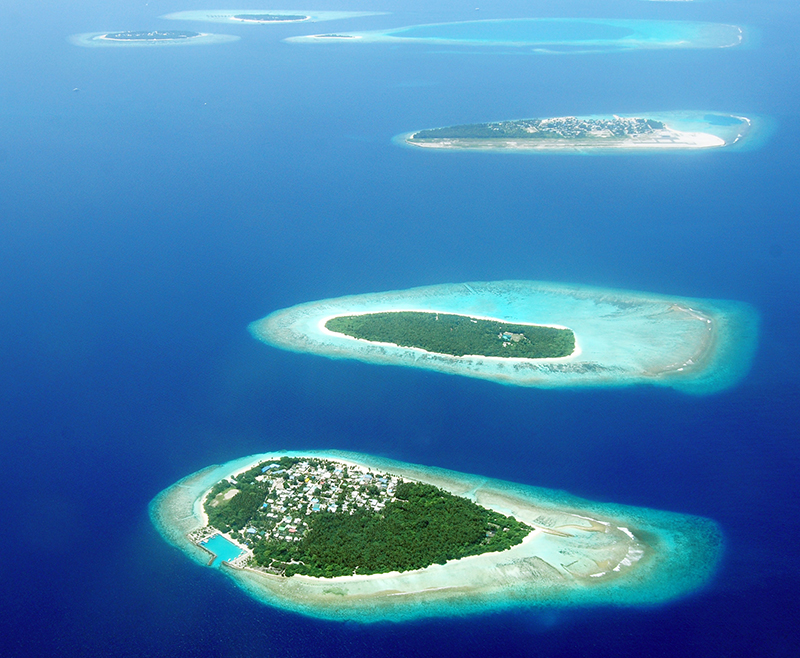The Maldives boasts some of the world’s most diverse marine ecosystems. The waters around the islands are home to over 2,000 species of fish, including manta rays, whale sharks, and various types of coral. The country’s coral reefs are the seventh-largest in the world and the most diverse in the region.
Snorkeling and diving are popular activities, with visibility often exceeding 30 meters. The waters host 187 species of coral and 1,100 species of fish, along with five species of sea turtles. The country has established several marine protected areas to preserve these underwater treasures.
Climate change poses a significant threat to marine life, with rising sea temperatures causing coral bleaching. The government has implemented various conservation programs to protect these delicate ecosystems.



